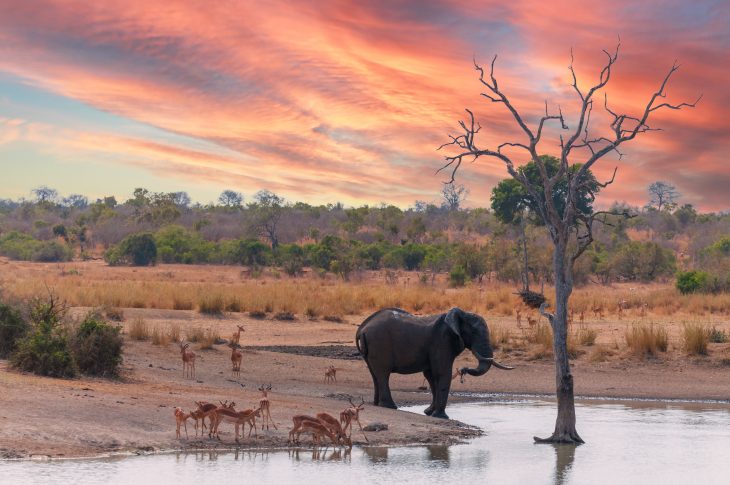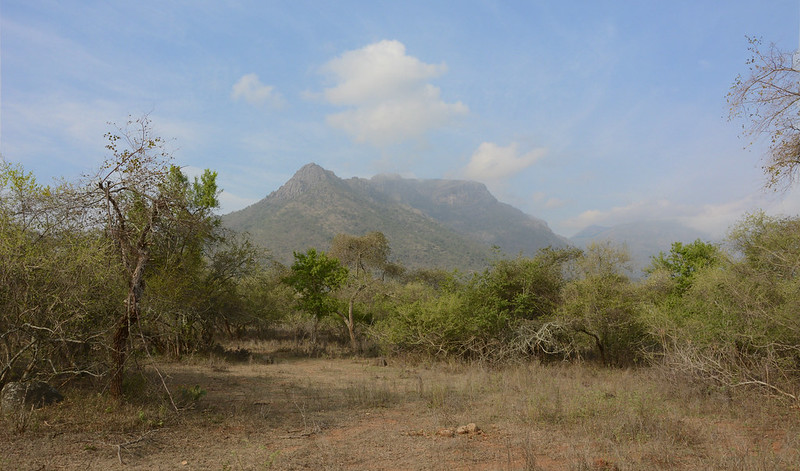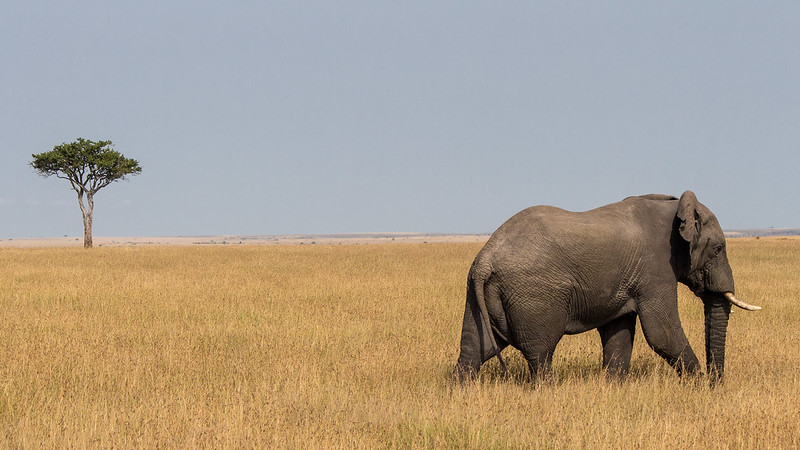
The savanna – a sprawling biome that evokes images of majestic lions basking under the African sun, or herds of elephants lumbering across vast, grassy plains. This unique landscape is full of intrigue, beauty, and mind-boggling facts that make it one of the most fascinating ecosystems on our planet. Here, we explore 19 facts about the savanna that will leave you with a newfound appreciation for this remarkable biome.
The Savanna Isn’t Limited to Africa
While Africa’s Serengeti may be the most iconic savanna, these grassland ecosystems span various continents, including Australia, South America, and India. Each region boasts its own unique blend of flora and fauna, contributing to the biodiversity of the savanna biome.
A Distinct Climate
The savanna biome is characterized by its distinct wet and dry seasons. The wet season is typically marked by heavy rainfall, while the dry season sees little to no precipitation. These climatic shifts profoundly impact the life cycles of the savanna’s plants and animals.

Diverse Animal Life
The savanna is home to an array of diverse animal species. From predators like lions, cheetahs, and hyenas, to herbivores such as zebras, giraffes, and elephants, the savanna teems with wildlife that have adapted to its unique conditions.
Unique Plant Adaptations
The plants in the savanna, including the iconic Acacia tree, have developed unique adaptations to survive. These include long taproots to reach deep water sources during dry periods, small, thick leaves to reduce water loss, and sharp thorns for protection.
Savanna Fires
Fires are commonplace in the savanna, particularly in the dry season. These fires, which are often started by lightning strikes, play a crucial role in the savanna’s ecosystem. They help to clear out dead plant material and promote new growth.
Indigenous Cultures
Numerous indigenous cultures have made the savanna their home, including the Maasai people of East Africa. These communities have coexisted with the savanna’s wildlife for generations, developing sustainable ways of life that honor their environment.
It’s All About Grazing
The savanna is a critical grazing ground for herbivores. The vast expanses of grass support large populations of grazers, which in turn supports a rich diversity of predators. This makes the savanna a vibrant hub of life.
Termite Mounds Galore
The savanna is dotted with towering termite mounds, some reaching up to 30 feet high! These intricate structures regulate temperature and humidity for the termite colonies inside, and they provide a source of food for other savanna creatures.
Elephant Architects
Elephants are often referred to as the ‘architects of the savanna’. With their penchant for pushing over trees and uprooting vegetation, elephants help maintain the balance between grasslands and forests in the savanna.

The Biggest Bird on Earth
The savanna is home to the ostrich, the world’s largest bird. Despite their size and inability to fly, ostriches are incredibly fast runners, reaching speeds up to 60 mph!
Carnivore Competition
The savanna’s carnivores, including lions, cheetahs, and hyenas, are often in direct competition for food. This competition can lead to fascinating dynamics and interactions between these species.
Bird-Watcher’s Paradise
With over 500 bird species in the African savanna alone, these ecosystems are a bird-watchers paradise. From the small, brightly colored sunbirds to the large, majestic eagles, the savanna skies are filled with avian wonders.
The Savanna and Carbon Storage
While they may not be as dense as rainforests, savannas play a critical role in carbon sequestration. The grasses and trees of the savanna absorb carbon dioxide from the atmosphere, helping to mitigate climate change.
Water, Water Nowhere
Water sources in the savanna can be scarce, particularly during the dry season. This scarcity leads to thrilling wildlife sightings at watering holes, as animals gather in large numbers where water is available.
The Baobab – The Tree of Life
The savanna is home to the Baobab tree, also known as the ‘Tree of Life’. Baobabs can live for thousands of years and are an essential resource for many savanna species.
Savanna: A Transitional Biome
The savanna is often considered a transitional biome, a sort of ‘middle ground’ between tropical rainforests and deserts. This placement creates a unique blend of species and ecological traits.
Migration Marvels
The savanna hosts one of nature’s most spectacular events: the Great Migration. Each year, over 1.5 million wildebeest, zebras, and gazelles traverse the Serengeti plains in search of fresh grazing grounds.
Threats to the Savanna
Sadly, the savanna faces various threats, including climate change, habitat fragmentation, and poaching. Conservation efforts are ongoing to protect this remarkable biome and its inhabitants.
The Savanna in Pop Culture
The savanna has been immortalized in pop culture, with movies like “The Lion King“ depicting its beauty and grandeur. Such portrayals have helped raise global awareness of savanna conservation.
Final Word
From its diverse wildlife to its unique climatic patterns, the savanna is a biome that continues to astonish and inspire. These 19 fun facts only skim the surface of the wonders that the savanna holds, highlighting the importance of preserving this breathtaking landscape for generations to come.
Was this page helpful?
Our commitment to delivering trustworthy and engaging content is at the heart of what we do. Each fact on our site is contributed by real users like you, bringing a wealth of diverse insights and information. To ensure the highest standards of accuracy and reliability, our dedicated editors meticulously review each submission. This process guarantees that the facts we share are not only fascinating but also credible. Trust in our commitment to quality and authenticity as you explore and learn with us.
